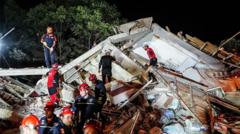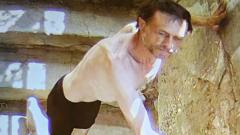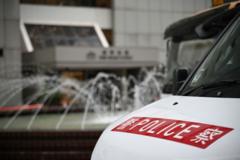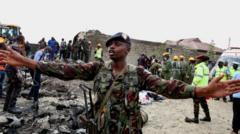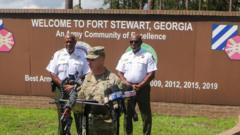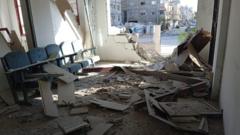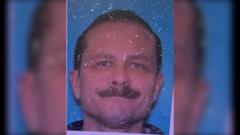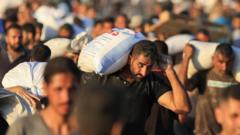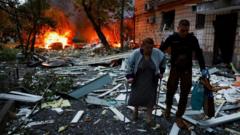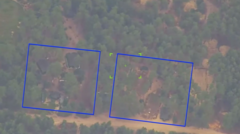The recent shooting at a secondary school in Graz has plunged Austria into mourning, claiming the lives of ten individuals and injuring twelve. The 21-year-old shooter, a former student, took his own life following the attack. As the nation grapples with the aftermath, questions about the motive and the adequacy of safety measures arise.
Tragic School Shooting in Graz: Austria in Mourning

Tragic School Shooting in Graz: Austria in Mourning
A devastating school shooting in Graz leaves ten dead, reshaping Austria's perception of safety.
In a devastating incident, a 21-year-old man opened fire at Dreierschützengasse secondary school in Graz, Austria, on Tuesday morning, resulting in the deaths of nine individuals—most of whom were students—and wounding twelve more. Following the shooting, which is now recognized as the deadliest mass shooting in Austria's history, the perpetrator took his life in a school bathroom, escalating the tragedy.
The incident unfolded around 10:00 AM local time, triggering confusion among students who initially mistook the gunfire for construction noise. Witness accounts describe the pandemonium as terrified students barricaded themselves inside classrooms, and one local resident reported overhearing an alarming number of gunshots. Within 17 minutes, police had the situation under control, deploying over 300 officers, including a specialized tactical unit.
Among the victims, six females and three males were killed, with a seventh victim succumbing to injuries later in the hospital. Authorities are withholding names as they continue to provide support for the bereaved families. Eyewitnesses expressed profound grief over the incident, emphasizing the shock it has inflicted on the entire nation.
The shooter, a former pupil of the school who did not graduate, was reported to have acted alone. Searches of his residence revealed a "farewell letter" and a non-operational pipe bomb, implying premeditated intentions, although police have not disclosed a definitive motive. Disturbingly, the shooter legally possessed the firearms used in the assault, highlighting ongoing discussions about gun regulation in Austria, which has a relatively high rate of civilian gun ownership compared to its European counterparts.
Traditionally, school shootings in Austria are rare, with previous incidents yielding significantly less lethal outcomes. However, the recent attack, coupled with other mass shootings in recent years, has forced citizens and policymakers to confront the implications for safety in public spaces, prompting a reflection on the need for improved emergency preparedness.
As Austria enters three days of national mourning, memorials and vigils are being held to honor the victims, signaling a collective desire for healing and remembrance amid profound sorrow over a transformative day in the country’s history.


